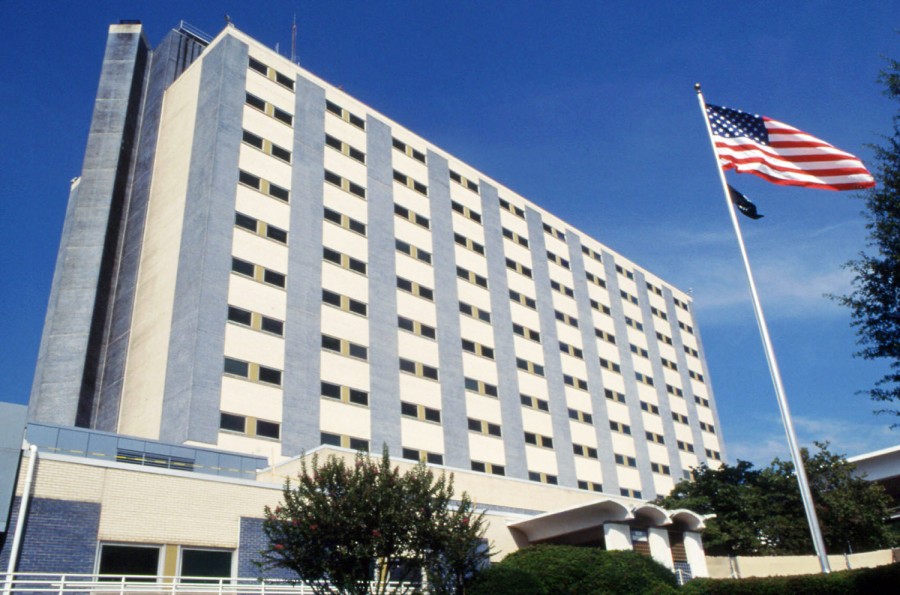
Department of Veterans Affairs patients seeking private sector health care saw a nearly two-month delay for medical appointments in 2018 and the problem could worsen under the new Mission Act, the VA Office of Inspector General reported Thursday.
The inspector general’s report based its conclusions on the region of VA hospitals that includes 1.6 million veterans across Florida, south Georgia, Puerto Rico and the Caribbean. VA officials in that region referred more than 206,500 requests in 2018 for community care at clinics outside the VA network, with veterans facing a 56-day wait on average before receiving care, according to the report.
The findings highlight the wait times problem could balloon under the VA reforms of the Mission Act, which was approved into law in 2018. The Mission Act, one of the most consequential veteran care efforts in years, aims to expand the scope of private sector care that veterans can receive outside the VA network. The measure was a response to the VA wait-time scandal in 2014, hoping to expedite veteran’s access to treatment. An investigation by the VA inspector general into the scandal found 35 veterans died while waiting for care from VA facilities in Phoenix and found a pattern of officials in the department falsifying records.
The inspector general said the number of patients seeking community care will increase from 684,000 to 3.7 million, now that the eligibility for veterans to seek private care has expanded under the Mission Act.
The VA inspector general found in its report that the problem in 2018 was driven by the lack sufficient administrative staffing at VA medical centers. In 2018, 39% of patients were sent for treatment outside a VA hospital because the government’s facilities could not provide care in a timely manner, investigators reported. Now with the Mission Act passed, the workload to transfer VA patients to private hospitals could swell.
“While the VA is in the process of hiring well-trained staff to streamline the scheduling process, they will also need the right technology and data solutions to make community care appointments more seamless for veterans,” Sen. Jerry Moran, R-Kan., chairman of the Senate Committee on Veterans’ Affairs, said in a statement. “The VA’s implementation of the VA Mission Act is a top priority and an issue the committee will be examining closely in the coming months.”
Investigators put the bulk of the blame on Health Net, a contractor who handled some of the VA’s referral process, but no longer does business with the department. But after the VA stopped working with Heath Net, department staff still struggled to keep up with workload of referrals to community care, according to the IG’s report. Despite the VA beefing up its hiring every year, federal auditors found five out of seven facilities in the region lack enough administrative staff as of October 2018. A VA spokesperson said the region has remedied some of the issues with lag time.
“This report focuses on events that occurred two years ago and highlights the fact that community care providers had issues getting claims processed through Health Net,” said Mary Kay Rutan, a VA spokeswoman. “[The region] has now implemented an industry-standard referral and authorization management system that streamlines community care consults and referrals.”





